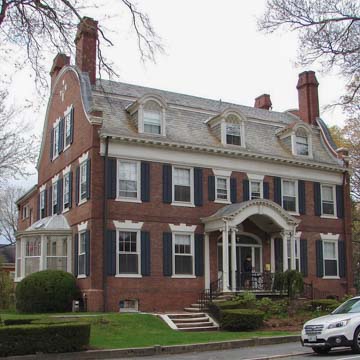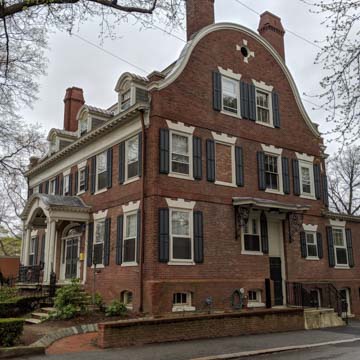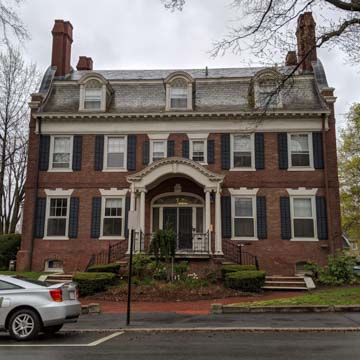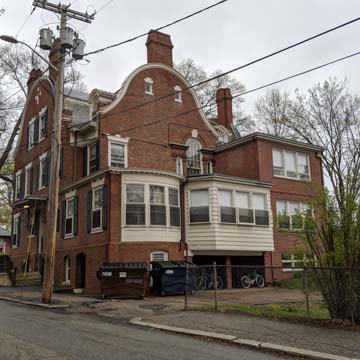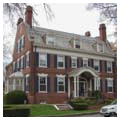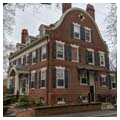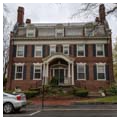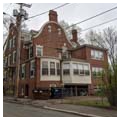You are here
King Hall, Brown University (Robert W. Taft House)
Here Edmund Willson applied the curved gable of the Joseph Brown House not only to the gable ends, but to the front porch, the three dormers, and the conservatory on the south side as well. The house is a cardinal example of the colonial revivalist's focusing on a particularly distinctive motif from the past and exaggerating it to new effect. Significantly, in 1877 Alfred Stone, Willson's partner, acquired the very copy of William Salmon's Palladio Londinensis which had originally been owned by Joseph Brown's carpenter and had been passed down through other Providence carpenters since the eighteenth century. Salmon illustrated the curved gable for use in a summer house, so Willson's use of the design for the conservatory at least is doubly “correct.”
Writing Credits
If SAH Archipedia has been useful to you, please consider supporting it.
SAH Archipedia tells the story of the United States through its buildings, landscapes, and cities. This freely available resource empowers the public with authoritative knowledge that deepens their understanding and appreciation of the built environment. But the Society of Architectural Historians, which created SAH Archipedia with University of Virginia Press, needs your support to maintain the high-caliber research, writing, photography, cartography, editing, design, and programming that make SAH Archipedia a trusted online resource available to all who value the history of place, heritage tourism, and learning.














